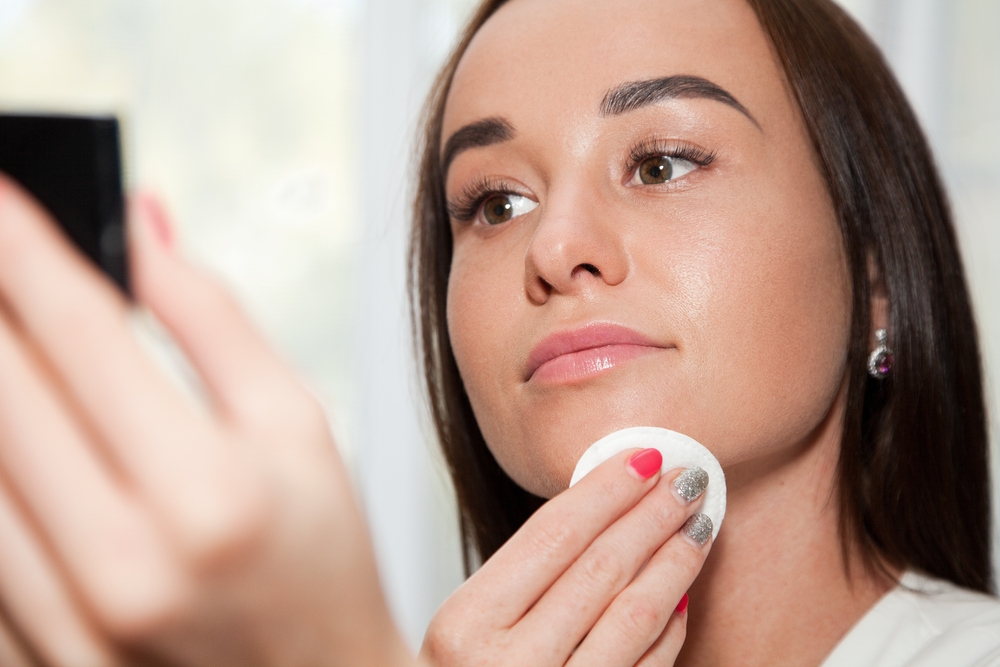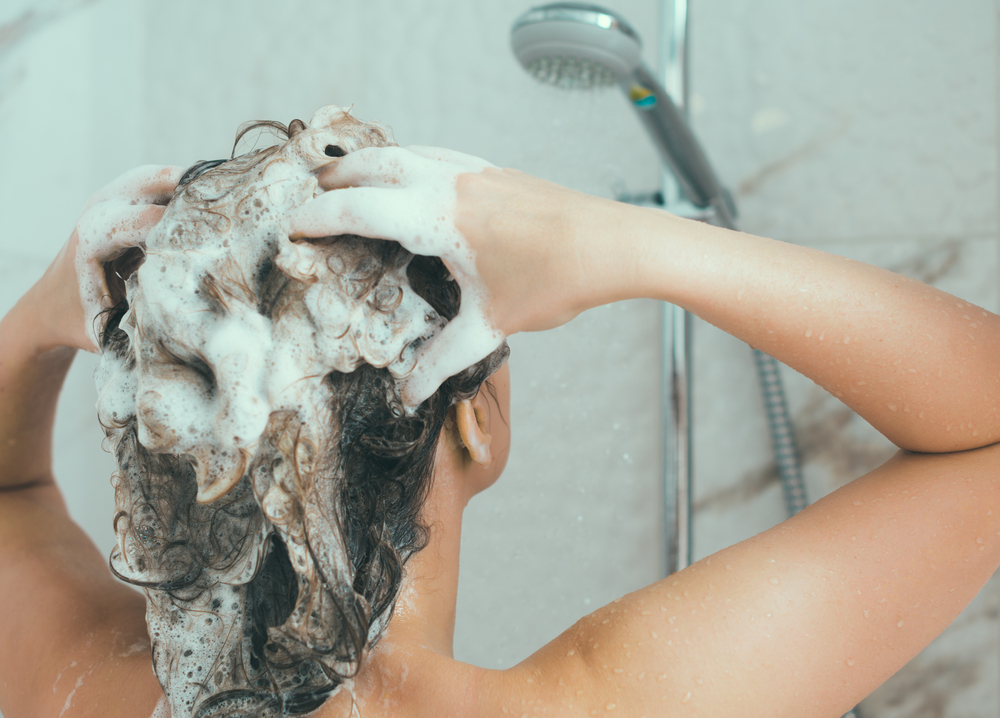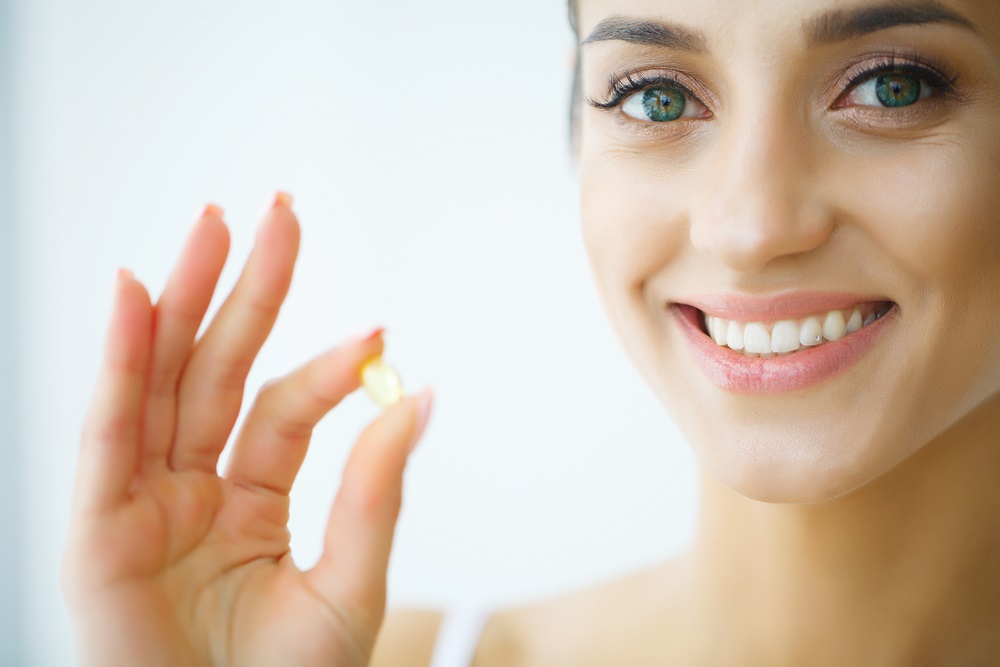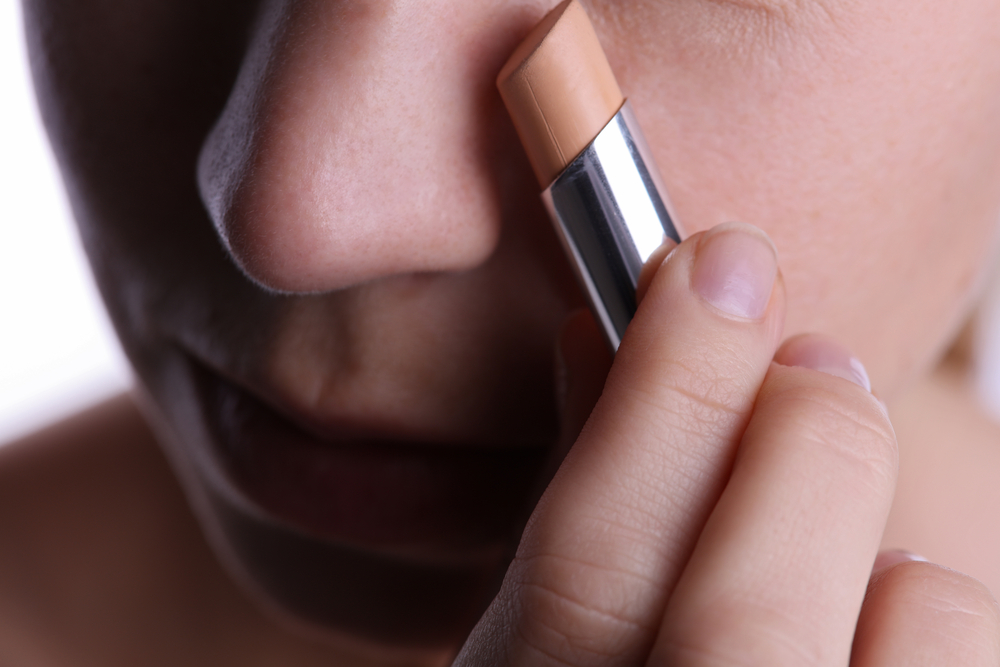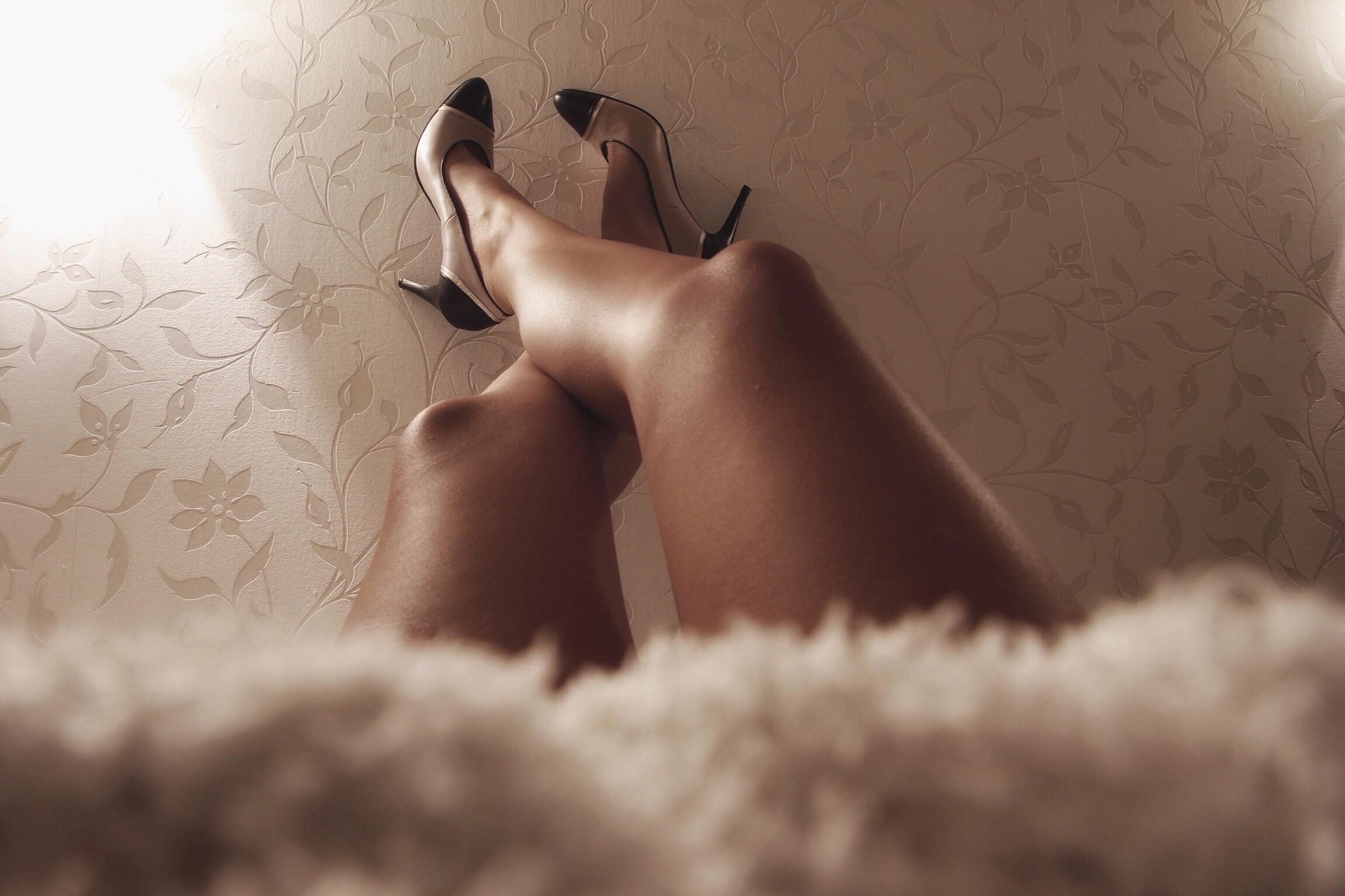From infomercials to YouTube ads, along with a list of past and present celebrity ambassadors including Justin Bieber, Krysten Ritter, and Sean Combs, few skincare products are more widely advertised than Proactiv.
But what do actual skin experts think of this “miracle” acne treatment?
Proactiv was devised by Dr. Katie Rodan and Dr. Kathy Fields, two dermatologists that met during their residency on Stanford’s campus in 1984. Post-graduation, the pair noticed a gap in the acne care market that they intended to fill. The two wanted a product that not only treated acne, but helped in its prevention.
They devised initial forms of Proactiv at home and, after testing a variety of solutions, introduced it to the market in 1995. From homemade remedy to skincare empire, Rodan and Fields’ acne solution made a reported $1 billion in sales in 2015. The duo both appear on Forbes list of America’s Richest Self-Made Women for 2017, sharing the 27th spot.
The 3-Step Solution
“Proactiv is a system that strips your skin of all bacteria and natural oils to get rid of acne,” says Dr. Tracy Evans, a board certified dermatologist based in San Francisco, California.
Proactiv’s flagship product, the “Proactiv Solution 3-Step System,” is a regimen of three separate solutions that were created to treat mild to moderate acne. Twice a day — once in the morning and once at night— users are encouraged to “cleanse, tone, and repair.”
The first step —cleanse— involves applying the Proactiv Solution Renewing Cleanser. This cleanser is a combination of 2.5% benzoyl peroxide and non-active ingredients including magnesium aluminum silicate (a thickening agent found in cosmetics and deodorants), and glyceryl stearate (a lubricant also found in vegetable oils). After two minutes of massaging Proactiv Solution Renewing Cleanser on the impacted area, the product is washed off and the face patted dry.
This is immediately followed by step two —tone— which involves applying the Proactiv Solution Revitalizing Toner with a cotton ball or pad. This toner has no active ingredients, but its ingredients include witch-hazel extract (a plant extract used to treat blemishes and tighten skin), and anthemis nobilis flower extract (the extract of a chamomile flower used to increase skin suppleness).
After the toner dries, it is on to step three —repair— where the Proactiv Solution Repairing Treatment is applied. This step’s active ingredient, like the Proactiv Solution Renewing Cleanser, is 2.5% benzoyl peroxide. The non-active ingredients include ethoxydiglycol (used to thin out the substance), and cyclotetrasiloxane (a lubricant). Once the Proactiv Solution Repairing Treatment dries, the routine is complete.
Relying on Benzoyl Peroxide
Both the Proactiv Solution Renewing Cleanser and Repairing Treatment rely on 2.5% benzoyl peroxide to treat acne. While an effective treatment for many skin diseases, benzoyl peroxide also causes dryness and irritates the skin, which can lead to early signs of aging.
For some, particularly for people of color, acne can lead to post-inflammatory hyperpigmentation, a visible discoloration of the skin in impacted patches. Due to the irritation that it causes, benzoyl peroxide may increase the chances of this discoloration occurring.
Additionally, benzoyl peroxide can make the skin more susceptible to sun damage, increasing possible early signs of aging further.
New Ingredients
The classic Proactiv formula has recently been updated with a new three step solution dubbed “ProactivMD.” This new line, sold alongside the classic Proactiv Solution 3-Step System, changes several ingredients. Most notably, it removes benzoyl peroxide from the mix.
The new product also makes changes to the third step of the “cleanse, tone, and repair,” routine. The repairing solution has been replaced by a moisturizer—ProactivMD Daily Oil Control Moisturizer SPF 30—for the morning routine and a topical retinoid medication —ProactivMD Adapalene Gel 0.1%— in the evening.
Adapalene Gel 0.1% was approved by the FDA in 2016 for over the counter sale as an acne treatment for people aged 12 and up. Adapalene may be harsh on some peoples skin resulting in itching, redness, scaling, and, in some cases, can lead to worsening acne.
Can Proactiv Actually Clear Acne?
Some dermatologists advise that their patients avoid using Proactiv. “We do not recommend Proactiv because it uses harsh ingredients on your skin, which can eventually lead to early signs of aging like fine lines and wrinkles,” says Evans. “We try to recommend the best products for your skin type and age range to avoid early aging.”
Evans does admit that Proactiv can help with certain forms of acne. “The product can be good at treating pustular acne that is caused by bacterial growth,” says Evans. “Since nodular and cystic acne are a result of strong inflammatory responses, Proactiv may not be the best option for treatment of that type of acne.”
Before embarking on any treatment for acne, be it a Proactiv treatment or any other, it is important to consult with a healthcare professional, ideally a dermatologist. Many factors come into play when discussing the causes and ideal treatment for skin disease which only a certified dermatologist may be able to accurately discern. A “one size fits all” solution may not take into account your specific needs.
Proactiv Alternatives
While not all of the elements comprising Proactiv Solution 3-Step System are readily available, many of its key ingredients like benzoyl peroxide 2.5% and witch hazel can be had in large quantities and at low prices. Adapalene gel 0.1%, also called Differin gel, is one available alternative.
These ingredients and many other products boast that they treat oily skin, but for some, this can cause more harm than good. “Benzoyl peroxide, and more recently adapalene, in an alcohol based vehicle, causes a stripping of your skin’s natural oils and bacteria, which is something you should avoid doing,” says Evans. Other alternatives exist as well, from simple cleansing to prescription treatments.
The importance of skincare regimens cannot be understated.
“Proactiv is effective in most cases because it requires that the patient maintain a strict skincare regimen, which can improve acne alone 80% of the time,” says Evans.
Basic skincare relies primarily on identifying the root causes of an issue. Oily skin is treated differently from dry skin, and confusing one type of skin for the other can worsen situations. Those with dry skin should avoid alcohol based cleaners, and wash with warm, but not hot, water, as the latter strips the skin of oil.
For those unable to see a dermatologist, Evans recommends a basic routine with simple products that will help many.
“Start with a gentle foaming cleanser without active ingredients, a daily moisturizer with SPF 30+ (make sure it is mineral based and oil free), and a good nighttime moisturizer with vitamins A,C, and E, making sure it is oil free on the ingredient list,” says Evans. “One of the hardest parts about treating acne is maintaining a great skincare routine and sticking to it like glue.”
For more severe cases, or if the basic regimen doesn’t solve the issue, other options exist. While not free from their own side effects, clinical treatments like photofacials and chemical peels also help treat acne.





